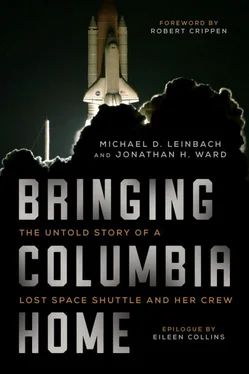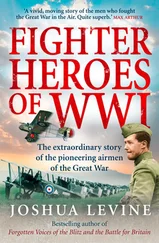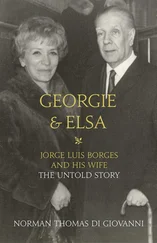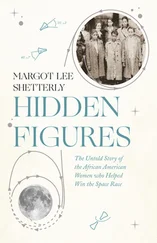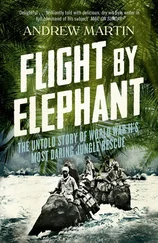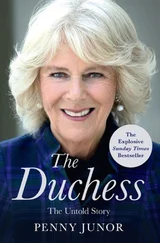The crews from the various Tribes and Nations usually tended to keep to themselves. Under normal circumstances, they would primarily interact with their own people. Larger incidents occasionally brought crews from various Native groups together to fight a fire, and sometimes competitiveness and even old rivalries dating back centuries could rise to the surface. On the Columbia recovery, everyone—Blackfoot, Sioux, Creek, Cherokee, Choctaw, Apache, and others—generally put aside their differences and worked together.
One of the first incident commanders the Forest Service brought in was a man named George Custer, who administered the Nacogdoches camp. Understandably, many of the Native Americans wanted to have their picture taken with him.
The workers from KSC received an invaluable education in cultural diversity when they wandered around the tent cities of the various camps each evening. Many of the fire crews decorated their tents with tribal symbols or other items from home. Searchers drew pictures of Columbia and her crew or wrote poems telling the story of the crew’s sacrifice and how it touched them. Each one of these “badges” illustrated profound reflections about the significance of the tragedy and its connection to a deeper spiritual meaning.
Tribal groups frequently sang songs in their Native languages at night. A hush would fall over the camp while a group chanted their song in their Native tongue. It was a side of America that most NASA workers had never experienced, and it heightened the utter uniqueness of the situation. The wails of the singing and the muffled drums in the darkness often caused KSC workers to reflect on just how far away they were from home.
NASA knew the importance of showing its appreciation to the searchers and helping them see the connection of their roles to the bigger mission. Mishap Investigation Team Chairman Dave Whittle said, “Those fire fighters were out there in horrible conditions—in water, with snakes, being chased by bulls, marching through rain, sleeping in tents in very cold weather. We wanted to make sure that people knew the importance of what they were doing.”
Fortunately, NASA had the experience and the resources to make that happen.
NASA’s Space Flight Awareness program dates back to the days of America’s first manned space missions. It aims to help everyone who works on even the most menial or minuscule part of the program understand that their job is directly linked to the success of the space program and the lives of the men and women who will be flying into space. This kind of public outreach is second nature to NASA and is deeply engrained into the agency’s culture.
At Associate Administrator Bill Readdy’s direction, NASA deployed Space Flight Awareness representatives to Lufkin and to each of the collection centers to help coordinate community relations activities. Wednesday and Saturday evenings featured presentations from an astronaut—sometimes even a comedy show—at the camps. The astronauts were delighted to meet the searchers, and they gladly signed autographs late into the night. [1] Interview with Jim Furr.
Other NASA personnel carried photos, pins, decals, and patches everywhere and handed them out freely. It was a wonderful way to reach out to the people who were sacrificing so much to be part of the recovery.
The collection centers also began showing the fire crews some of the items recovered during the searches and explaining how each piece was significant. [2] Interview with Pat Adkins.
“You’re going to make the difference in us figuring out what happened and get us back flying again,” Nacogdoches collection center manager Stephanie Stilson told the searchers at her camp.
The education went both ways. Mike Ciannilli met a father and son on one of the crews. After they talked for a few minutes, he thanked them for their help. The father said, “My son is making more of a sacrifice than me. He just got married. This was supposed to be his honeymoon.” When the son heard about the accident, he told his new bride he felt compelled to help his country. She agreed it was important for him to do so, even at the expense of canceling their honeymoon.
“They weren’t bragging about it,” Ciannilli said. “That’s just the kind of people you met.”
Gerry Schumann befriended a young Native American man who sought him out to talk about NASA and the space program every evening. The young man broke his leg about one week into his deployment. The crew’s rules required he be sent immediately back home, and he was heartbroken about having to leave early. Schumann looked for a way to assuage the man’s grief—some token to thank him and encourage him. Schumann gave the young man his hat, which was adorned by pins collected in swaps with various search teams, and told him, “Here—you earned this.” The young man was intensely moved by the gift. No one had ever done such a thing for him. When Schumann arrived home from his assignment in May, a package was waiting for him—a decorative Native shirt made by the young man’s mother.
The communities also showed their appreciation to the NASA family by treating them like royalty. Jerry Ross served as Grand Marshal at the April 19 Annual Lufkin Downtown Hoedown parade, in which NASA’s Mike Ciannilli and United Space Alliance chief engineer John Cipoletti walked with the cattle. Ross also opened a rodeo in Palestine and helped plant a grove of Columbia memorial trees in Nacogdoches.
The City of Nacogdoches asked the Space Flight Awareness representatives assigned to the city’s staging area to serve as masters of ceremonies at the town’s Special Olympics. “I can’t tell you how many people came up to us at the end of the day and expressed their appreciation,” Jim Furr said. “I was just a nobody—but to them I could have been the NASA administrator.”
The City of Nacogdoches also requested that NASA provide them with a Columbia banner to lead in the national colors at the opening ceremonies of a rodeo. Furr said, “When all those beautiful horses came flying in, and all the gorgeous girls in their sparkly cowgirl outfits, and then they dimmed the lights and had a floodlight on the Columbia flag, I just lost it. It was a rough evening for me emotionally.”
Mailbags filled with letters of appreciation, support, and encouragement arrived at the collection centers and at Johnson and Kennedy. They were unanimous in their sentimental messages. We’re sorry for your loss. We’re praying for you. We believe in you. Keep flying.
—
By day, the searches continued at a relentless pace. Helicopter overflights produced excellent results, but flying low enough to spot debris from the air exposed the helicopter crews to extreme danger. Low-and-slow flying put the helicopters well within the “dead man’s curve”—a combination of speed and altitude in which a crash was unavoidable if a chopper’s engine suddenly quit. With enough altitude and airspeed, a quick-thinking helicopter pilot can rapidly descend, using the resulting relative wind to maintain control and “autorotate” to an unpowered landing. If the engine shuts down when the helicopter is too low, there is insufficient time for the pilot to react. Little can be done to keep the rotors turning to maintain control. [3] Kenneth Ward email to Jonathan Ward.
The low light of early mornings and late afternoons, and the hazardous environment of much of the search area, occasionally produced minor incidents and near accidents. [4] Interview with Boo Walker.
Mike Ciannilli said, “There were power lines out in the middle of nowhere for no reason—wires hanging between trees, wires between abandoned farm buildings. You never had a clue they were there. You’d find them at the last second, and then suddenly you’re in an emergency situation.”
Читать дальше
